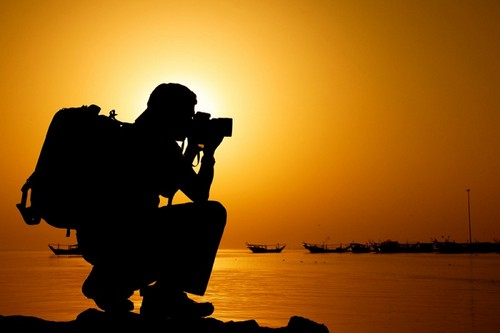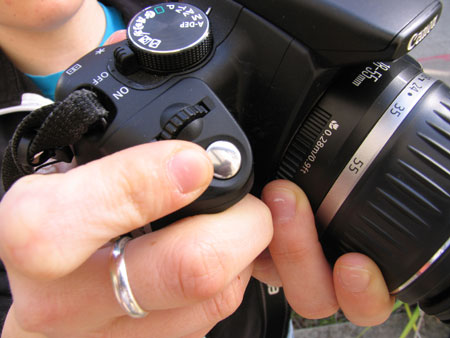
The Auto Focus (AF) System in a camera found in the 1980’s is an important discovery in the world of photography and has had a major impact in bringing convenience to photographers. Without the Auto Focus, we would have to manually adjust the focus on the lens to really precisely focus on the objects we want to photograph (commonly referred to as manual focus). Now that the Auto Focus feature isn’t anything special anymore (except on cellphone cameras), do you really know the ins and outs of this most important feature? Check out the rest of this post to learn more about the Auto Focus.
Auto Focus vs. Manual Focus
AF, or Auto Focus is an automatic process of the camera that aims to find the correct focus. The opposite of which is the MF, or Manual Focus, where the photographer sets the focus manually. MF can be executed by rotating the focus ring on the lens (on DSLRs) or by pressing the designated button (on non-DSLRs). This manual process is generally used when AF fails to deliver results according to our objectives, or if AF isn’t possible due to technical problems.
AF by half-pressing the shutter button
Generally, all cameras will start looking for the focus when the shutter button is pressed half way. The camera will then beep when the focus is locked and the locked object is sharply focused. So avoid pressing the shutter button without first half-pressing, because this will force the camera to shoot without finding the correct focus.
About AF motors
The focus (or lack there of) of a resulting photograph is set by focal lens element that can move back and forth. If using the a AF mode, the camera will automatically rotate the AF lens by relying on the lens’ micro motor. That is why when the camera is focusing, you can hear (and feel) fine movements in the camera. On DSLRs, the AF motor is located inside the camera body, except entry level Nikon DSLRs like the D40 do not have an AF motor. As a substitute, this model needs lenses with AF motors.
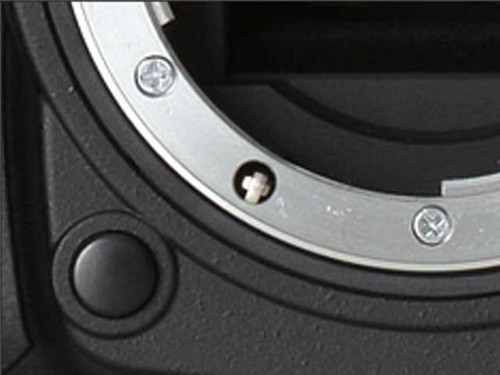
AE-L and AF-L
In addition to half-pressing the shutter button, serious prosumer and DSLR-type cameras have AE-L and AF-L buttons which can be used to lock focus. AE-L stands for Auto Exposure-Lock and AF-L stands for Auto Focus-Lock. In further settings, these buttons can be customized into several functions, as well as exposure and focus lock, or lock exposure alone, focus lock only, and focus lock for the duration of shutter button being pushed (AF lock-hold). Choose the one that best suits your needs.
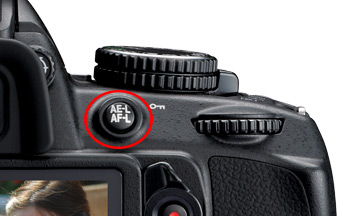
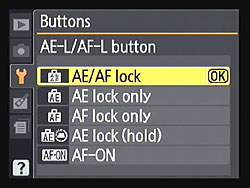
AF mode
The Auto Focus process was initially on able to lock focus on stationary objects. With rapid technological advancements, AF can now detect object movements and follows wherever the object moves to. Not that the default AF mode is generally set to the stationary mode, and if we want to be able to follow the objects’ movement then we would need to set the AF mode to continuous. Now the DSLRs can lock focus on objects moving from left to right or back and forth (3D-Tracking AF).
AF Points
Generally, the camera finds focus on the center areas of the photo, but sometimes we want to photograph objects off to the sides. For that, AF Points are available in which we can choose the desired focal points. On DSLRs, the amount of AF Points varies from 3 points to 51 points. The more AF Points there are in a DSLR, the more flexible and the less chance you have of misfocusing your resulting photograph. Modern cameras can detect whether the object Is in more than one AF point, and if so they can create groups of AF according to the condition of the object.
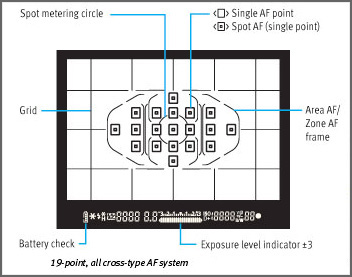
Contrast Detect AF
This is the AF method present in this digital era of photography; starting from cellphone cameras, Micro Four Thirds cameras, to DSLRs with live-view. Contrast Detectadheres to the principle that the highest-contrast photos are photos that have the best focus. When the camera sensors attain an image from the lens, the camera will measure the contrast of the photo’s object (which we can view in the histogram) and then sets the focus and compare the contrast. Even though the principle is simple, the camera needs to run complicated calculations for this method and as a result, this process may take a while (about one second). If the object doesn’t have enough contrast, or are under dim lighting, the AF will fail.
Phase Detect AF
From the old SLRs to the modern ay DSLRs, phase-detect AF became a distinct feature because of its accuracy and speed. On DSLRs, the AF module especially receives images from the lens with the phase detect principle. The auto focus process is then conducted. The AF process with phase detect is fast, accurate, and is reliable even if the object is rather dark and low in contrast. Please note that the performances of the AF process with phase detect will decrease if the DSLR is fitted with slow lenses like the f/4 or f/5.6.
Cross-Type Sensors
Specifically for AF module on DSLRs, the AF points can be cross-type sensors. Such sensors are sensitive to differences in contrast both vertically and horizontally. AF points in the center is always a cross type, while others may not be. The more cross-type AF points there are, the more expensive and the more accurate the DSLRs are in locking focus.
Hybrid AF
Modern DLSRs with the live-view feature upholds two AF principles, both the phase detect concept and the contrast detect concept. Under normal conditions regarding speed and accuracy, the DSLRs would use the phase detect mode as their default mode. When using live-view with a stationary object (such as macro), however, we can use the contrast detect mode by taking advantage of the zoom feature on the LCD screen. Thus we can be more certain that the focus is precise.













